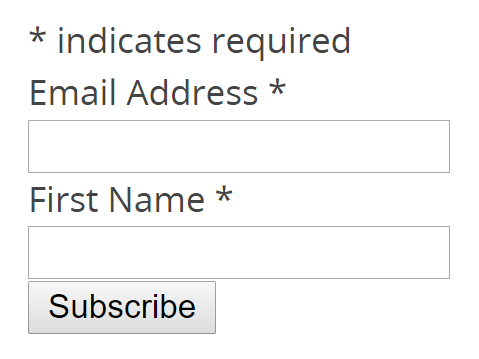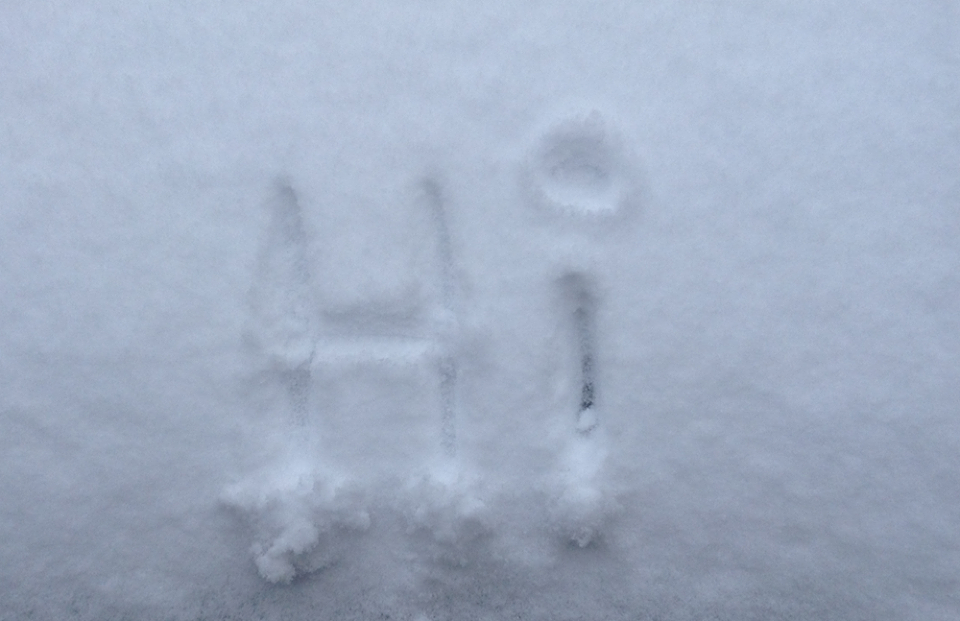Seasons & Weather Vocabulary


The seasons and weather vocabulary are words you can practice on a daily basis and they are very useful. It's worth the time to learn these words.
Listen to the video to hear the correct pronunciation — in American English — and practice saying the words out loud during the pauses. It will help improve your pronunciation and also make it easier for you remember the words.
Hear the seasons and weather vocabulary pronounced
Get Your Free Vocabulary Puzzles eBook

Solving puzzles is a great way to learn vocabulary. This book contains more than 25 crossword, word search and word scramble puzzles on twenty (20) different topics.
Along with the FREE ebook, you'll receive my weekly newsletter with tips, lessons and special offers just for my subscribers.
Enter your name and email address to get your free copy.
Seasons & Weather Vocabulary in Pictures
The Seasons
The four seasons are described here but in many places around the world there are only two seasons. If there are only two seasons, we usually describe them as the "rainy season" (or wet season) and the "dry season."

Spring: The season between winter and summer (in the USA from April - June), when plants and trees begin to bloom.

Summer: The season in between spring and autumn (in the USA from July - September) when it is the weather is warm or hot.

Autumn (or Fall): The season in between summer and winter (in the USA from October - December). In many places the leaves turn colors and fall off the trees.

Winter: The season between fall and spring (in the USA January - March) when the weather is the coldest.
Weather Vocabulary
(including extreme weather vocabulary)

sunny: the sun shines clearly in the sky and there is lots of bright light.
(It is also common to say the sky is "clear" when there is bright sun and no clouds).

cloudy: there are many clouds in the sky.
(We also can say the sky is overcast when it is very cloudy).

partly-cloudy: when there is both sun and clouds in the sky.

rain: when water falls from the clouds.
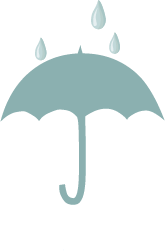
light rain: when there is a small amount of rain.
We also call light rain drizzle or sprinkles:
- It's drizzling outside.
- You don't need an umbrella, it's just sprinkling.

Heavy rain: when there is a lot of rain.
It is also very common to say:
- There is a downpour. (A sudden heavy rain)
- It's pouring down rain.
- It's raining cats and dogs.

freezing rain / sleet: when part of the rain is water and part of the rain is frozen (snow).

thunder storm: a storm with thunder and lightning. Also called an electrical storm.
- lightning: the flash of light in the sky during a storm.
- thunder: the loud noise in the sky that comes after lightning.
- We say lightening "strikes" and call the flash of light a lightning bolt.

fog: small drops of water that float above the ground (and it can be difficult to see through this mist of water).
- foggy weather.
- We say thick fog.
- The fog was so thick I could barely see the other cars on the road.

windy: when there is a lot of wind.
"strong / light" collocate with the word wind in English:
strong winds: when the wind is blowing with a lot of force.
light winds (breezy): when there is a light breeze.

frost: a thin layer of ice that forms on surfaces (e.g., grass, ground, windows of a car) when the air is very cold.
- We say heavy / light frost.
- We say things are covered with frost (or covered with a layer of frost).
- A defroster melts frost off car windows by using warm air to melt the ice.
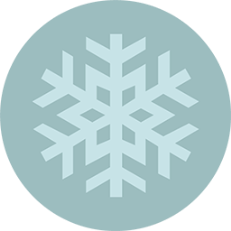
snow: soft, light pieces of frozen rain that fall from the sky when it is cold.
The individual pieces are called snowflakes and have beautiful designs.

blizzard: a severe snow storm with a large amount of snow and often high winds.

tornado: a powerful storm where very high winds move around in a circle around a point.
- We say a tornado "touches down" on the ground.
- A tornado moves or travels in a path.
- Example: The tornado touched down in Kansas and 15 houses in its path were completely destroyed.

hurricane: a very powerful and destructive storm that has extremely high winds.

forest fire: a major uncontrolled fire that sweeps through a wooded area (forest) burning many trees and wildlife.

flood: a large amount of water that covers land that is usually dry.

earthquake: the surface of the earth shakes and moves and can cause great damage and devastation if it is very strong.

volcanic eruption: a sudden explosion that comes from the open part of a volcano.

tsunami: an extremely high wave in the ocean that is often caused by an earthquake and causes great devastation when it reaches land. (Also called a tidal wave).

thermometer: an instrument used to measure the temperature.
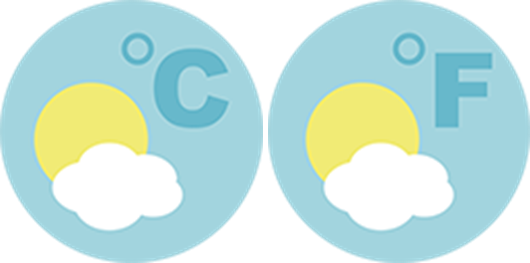
Celsius and Fahrenheit are the two main scales used to measure the temperature. In the United States, the weather is reported in Fahrenheit.
Related Lessons

Click here to check out a post I wrote about a summer storm at my father's house.
You can try a crossword puzzle about severe weather here (answers here).
Learn the idiom/proverb "March comes in like a lion and goes out like a lamb."
Your turn to practice the seasons & weather vocabulary
One of the best ways to master seasons and weather vocabulary is to listen to the news and read the weather forecast (the prediction of what the weather will be like) in your newspaper. Most countries have one or two English-speaking news channels (e.g., CNN or BBC) but if yours doesn't you can watch weather report videos on the internet on Accuweather and BBC.
Another bonus for watching and reading weather reports is that you get to practice the names of countries and cities around the world (for a detailed list of countries / nationalities click here).
You can also practice this weather vocabulary by writing a short essay or paragraph. Here are some topic ideas:
- What was the weather like in your country today?
- What is your favorite type of weather?
- Do you have any extreme weather in your country (e.g., earthquakes, hurricanes, floods, tsunami, volcanic eruptions).
- Home Page ›
- Main Vocabulary List ›
- Weather vocabulary
